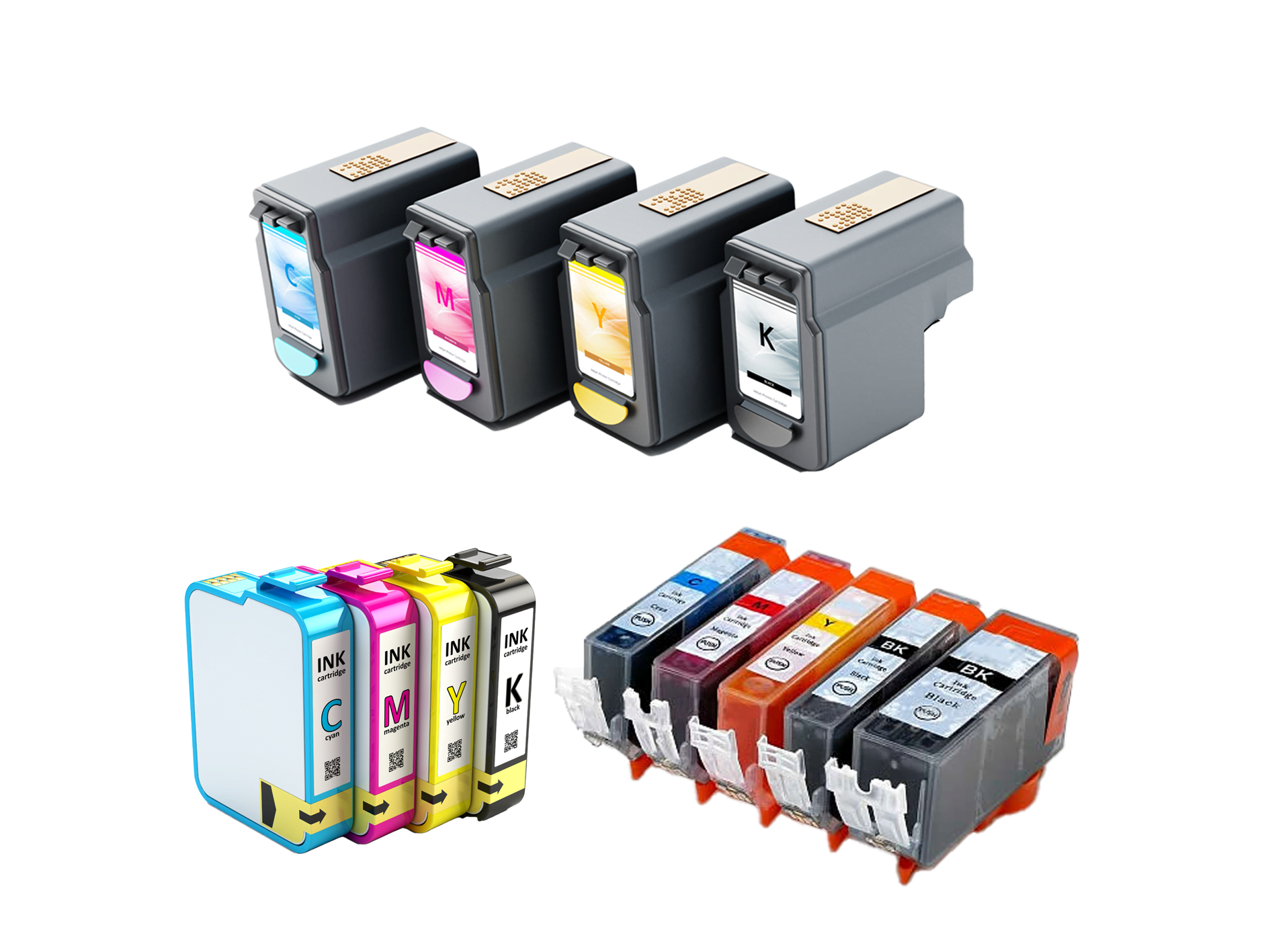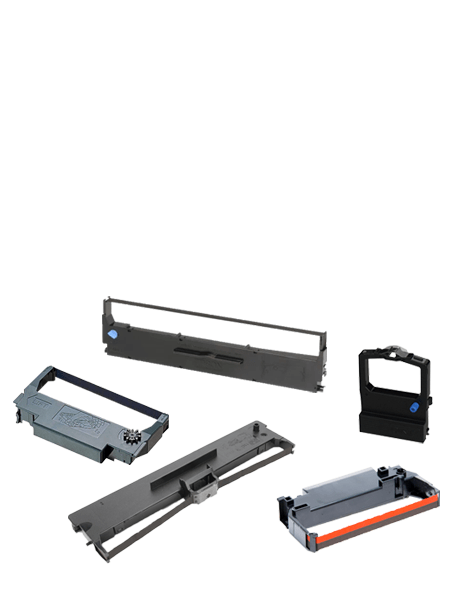The Science Behind Inkjet and Laser Printing
Did you know the global printer market will hit billions of pounds by the mid-2020s? Inkjet and laser printing are at the forefront of this market. They’ve changed how we print documents and photos, making them clearer and faster.
Inkjet printers use tiny ink droplets to create detailed prints. On the other hand, laser printers use lasers to make sharp images and text. The printing process has also improved, meeting the needs of fast-paced industries.
Printing is a complex process involving tiny ink explosions and precise control. This technology allows for high-quality prints on various papers quickly and efficiently.
Key Takeaways
- Understanding the competitive scale of printer technology and its market value.
- Recognising inkjet printing as a pinnacle of modern applied science in the printing industry.
- Appreciating the nuanced functions of inkjet and laser printers in delivering high-quality prints.
- Exploring the sophisticated mechanics of thermal print heads and piezo-electric crystals in the printing process.
- Discovering the flexibility and speed of modern printing, which supports various paper types and requires no warm-up time.
Understanding Printer Technology: Inkjet vs. Laser
Choosing the right printer is key. Knowing about inkjet and laser printers helps you pick the best one for your needs. The right printer affects your print quality and costs, whether at home or in the office.
Basics of Inkjet Printing
Inkjet printers are great for many types of paper. They use liquid ink cartridges to print on paper. This makes them perfect for detailed graphics and bright images.
How Laser Printing Transforms the Page
Laser printers usea different method. They have toner cartridges filled with powder. This technology creates sharp, clear prints without smudges. Laser printers are best for fast, high-quality printing in large quantities.
Comparative Insights: Speed and Quality
The main difference between inkjet and laser printers is in their performance.
- Inkjet printers are better for colour and detail, great for photos and colour projects.
- Laser printers are faster and more efficient, which is ideal for businesses that need quick, cost-effective printing.
- Inkjet printers are cheaper to buy but can cost more over time due to ink cartridge prices.
Knowing these differences helps you choose the right printer. It ensures your prints meet your quality and budget needs.
The Intricate Mechanics Behind Laser Printing
Laser printers have changed how we make documents. They use advanced technology that combines precision with digital speed. Knowing how laser printers use their technology helps us understand why they print so well and fast.
Laser Imaging and Electrostatic Charging
The laser printing process starts with a laser making an electrostatic map of your document. This step turns digital data into an electrostatic image ready for toner.
The Role of Toner in Creating Images
Toner is key in making the image. Charged toner sticks to the drum’s charged areas. This method makes prints clear and detailed.
Fusing Theory: Permanent Prints
The fusing process makes laser printers unique. It uses heat and pressure to melt and press the toner onto the paper, creating lasting, smudge-free images.
To grasp how these parts work together, look at this table. It shows the main steps in laser printing:
| Stage | Process | Component Involved |
| 1. Imaging | Electrostatic image creation using a laser | Laser beam, photosensitive drum |
| 2. Toner Transfer | Toner application to charged image areas | Toner cartridge, drum |
| 3. Fusing | Heating and pressing toner onto the paper | Heater, pressure rollers |
Each step is designed to boost efficiency and quality. Laser printers show how modern tech and old printing methods can work together. They improve how we make documents today.
Decoding the Science Behind Inkjet Printing
Inkjet technologies have changed how we print, bringing precision to both creative and everyday tasks. They allow us to see the complex process behind simple prints.
At the heart of inkjet printing are two main types of printheads. These are key to how ink is placed on paper. Let’s explore these technologies to understand their roles and benefits.
Thermal Print Heads vs. Piezoelectric Crystals
Thermal printheads use heat to push ink onto paper. This method is fast and good for sharp images. Piezoelectric printheads, however, use crystals that change shape with electricity. This allows for more precise ink control.
Chemistry of Ink
Inkjet printer ink is more than just colour. It’s a mix of dyes or pigments, enhancers, and conditioners. This mix ensures the ink sticks well to the paper and prints clearly.
Print Head Innovation
Print head technology keeps getting better. Makers aim to make droplets smaller for sharper images. New tech also reduces ink spray, improving print quality.
| Feature | Thermal Printhead | Piezoelectric Printhead |
| Speed | Fast | Variable, often faster |
| Precision | High | Higher with fine control |
| Ink Efficiency | Moderate | High due to precise control |
| Suitability | General and office printing | High-quality photos and detailed prints |
Understanding inkjet technology helps you choose the right printer. Whether for work or home, knowing the details makes a big difference.
The Evolution of Printing: From Dot Matrix to Inkjet and Laser Technologies
Printer technology has greatly changed, moving from slow dot matrix to fast and efficient modern printing. This change has made printing better and faster. It also made printers more suitable for office and personal use.
The Legacy of Dot Matrix Printers
Dot matrix printers were common in early computers. They were basic but worked well. These printers used a ribbon to print on paper, creating characters mechanically.
Advent of Modern Printing
Inkjet and laser printers have greatly changed printing. They have improved quality, speed, and efficiency. Solid ink printers, which are also part of these, use special ink for vibrant, eco-friendly prints.
Environmental Impacts and Innovations
Inkjet paper and other printing materials have become more eco-friendly. Many products are now recyclable, showing a move towards less environmental harm. Efforts like energy-saving designs and recycling programs help make printing greener.
| Printer Type | Environmental Impact | Key Innovations |
| Dot Matrix | High energy consumption | None |
| Inkjet | Moderate with options for recyclable inkjet paper | Recyclable cartridges |
| Laser | Energy-intensive but evolving | Energy-efficient models |
Looking at these technologies shows how they keep improving. They make printing not just a tool but a step towards a greener future.
Conclusion
The journey through inkjet and laser printing shows a big change in our printing world. Now, we have many types of printers for different needs. Whether you need a reliable printer at home or a fast one for work, you can find it.
Knowing how these machines work is key. Inkjet printers use ink droplets for colour, while laser printers are fast and precise. This helps us see the quality of the printed page we often overlook.
Inkjet printers are great for colours, perfect for photos and graphics. Laser printers are fast and accurate, ideal for work. Understanding these machines makes us appreciate them more.
Printing tech keeps getting better, saving money and being kind to the planet. It’s important for students, professionals, and book lovers. The value of a printed pageis always there, ready for the next big thing.
FAQ
What’s the main difference between an inkjet printer and a laser printer?
Inkjet printers spray tiny droplets of ink onto the paper, while laser printers use toner particles and a laser to transfer the image onto the page. So, if you’re deciding between inkjet or laser, think about what you need to print most!
How does a laser printer work?
A laser printer works by using a laser beam to create an image on a drum. The drum is then coated with toner, which sticks to the charged areas before being transferred onto the paper. This makes for super-fast printing speeds and high-quality text!
Which type of printer is better for a home office?
It depends on what you’re printing! If you do a lot of text documents, a laser printer might be your best bet due to its fast printing speeds and cost-effectiveness over time. But if you’re printing photos or colour documents, an inkjet printer would be perfect for those vibrant colours!
What are the main printer components that I should know about?
Some key components include the printhead, ink cartridges for inkjet models, and the toner cartridge for laser printers. Understanding these parts can help you troubleshoot issues or know when to replace your printer ink or toner!
How do I choose the right printers for home use?
If you need to print high volumes quickly, a laser printer is ideal. An inkjet printer might suit you better for occasional printing, especially photos. Compare features like print speed, quality, and cost per page!
Can I use third-party ink or toner in my printer?
Yes, you can. Always check reviews and ensure they’re compatible with your specific printer model.
What are some common printer settings I should be aware of?
Familiarising yourself with settings like print quality, colour options, and paper type can really enhance your printing experience. You can adjust these to save ink, speed up printing, or improve the quality based on what you’re printing!
How do inkjet and laser printers compare in terms of print speed?
Generally, laser printers have faster print speeds, often churning out pages at a higher rate, measured in pages per minute. Inkjet printers can be slower, especially when creating detailed colour prints, but they excel in producing high-quality images.
What kind of maintenance do inkjet printers require?
Inkjet printers need regular maintenance like cleaning the printhead and ensuring the ink cartridges are full. Also, be aware that ink can dry up if the printer sits unused for long periods, so occasional printing helps keep it in good shape!
Are there any special printing techniques I should know about?
Inkjet printers commonly use techniques like thermal inkjet printing, which heats the ink to create droplets. Laser printers use electrostatic printing, where toner is charged and transferred onto paper. Understanding these can help you choose the right printer for your needs!

























 Other
Other













